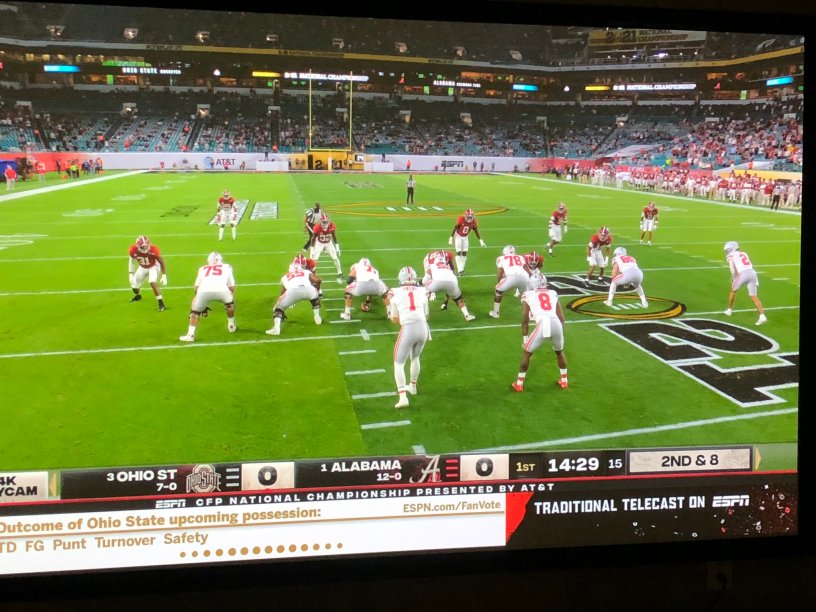By Phillip Swann
The TV Answer Man –@tvanswerman
Former Sony employee. Author of TV Dot Com.
TV Answer Man, it seems like no one is doing native 4K sports live anymore. Why is that? Is it just because it’s more expensive. And if so, why is it more expensive? — Eddie, San Francisco.
Eddie, you’re right. Fox, NBC and even ESPN is doing upscaled 4K sports broadcast these days as opposed to a native 4K production. For those not familiar, native 4K means the event is shot in 4K and transmitted to the home in 4K. Upscaled 4K means the event is shot in 1080p but upscaled to 4K for the home transmission. While upscaled 4K is normally a significant improvement over HD, it doesn’t deliver a picture as clear and detailed as native 4K. So why don’t the networks offer native 4K, knowing that it would provide a better picture for its viewers? It’s all about the money.
Native 4K Cameras & Equipment Cost More
One of the primary reasons why live native 4K broadcasts are more expensive is the investment required in camera and production equipment. Native 4K broadcasts demand top-of-the-line cameras capable of capturing content in true 4K resolution. These cameras are not only more expensive to purchase but also require regular maintenance and updates to ensure they meet the highest industry standards.
Native 4K Requires More Bandwidth
Native 4K broadcasts require an enormous amount of bandwidth to transmit the higher-resolution content in real-time. This translates to increased costs for data transmission, satellite uplinks, and streaming services. Moreover, the need for massive storage solutions to handle the large 4K files further escalates expenses. In contrast, live upscaled 4K broadcasts, being based on HD content, have lower bandwidth and storage requirements, making them a more cost-effective choice.
Native 4K Requires More Skilled Workers
Producing live native 4K broadcasts demands a specialized and skilled workforce that is proficient in handling the intricacies of 4K production. This includes camera operators, video engineers, and post-production teams experienced in 4K editing and color grading. The higher level of expertise required inevitably results in higher labor costs.
Native 4K Requires Expensive Upgrades
To support native 4K broadcasts, TV networks must invest in upgrading their entire infrastructure. This includes replacing or enhancing routers, servers, and editing systems to handle the increased data load. These upgrades are not only capital-intensive but also require time and resources to implement seamlessly.
Eddie, hope that helps. Happy viewing and stay safe!
Have a question about new TV technologies? Send it to The TV Answer Man at swann@tvanswerman.com Please include your first name and hometown in your message.
The TV Answer Man is veteran journalist Phillip Swann who has covered the TV technology scene for more than three decades. He will report on the latest news and answer your questions regarding new devices and services that are changing the way you watch television. See the bio for Phillip Swann here.


And some companies want us to buy 8K TVs, while we suffer from a real lack of 4K .
It’s not like these networks are impoverished. The FCC should allow regional broadcasters like NESN to provide native 4K streaming outside their regions if the national companies are unwilling to provide it to their customers. Maybe ESPN and others would reconsider if their cash cow is threatened.